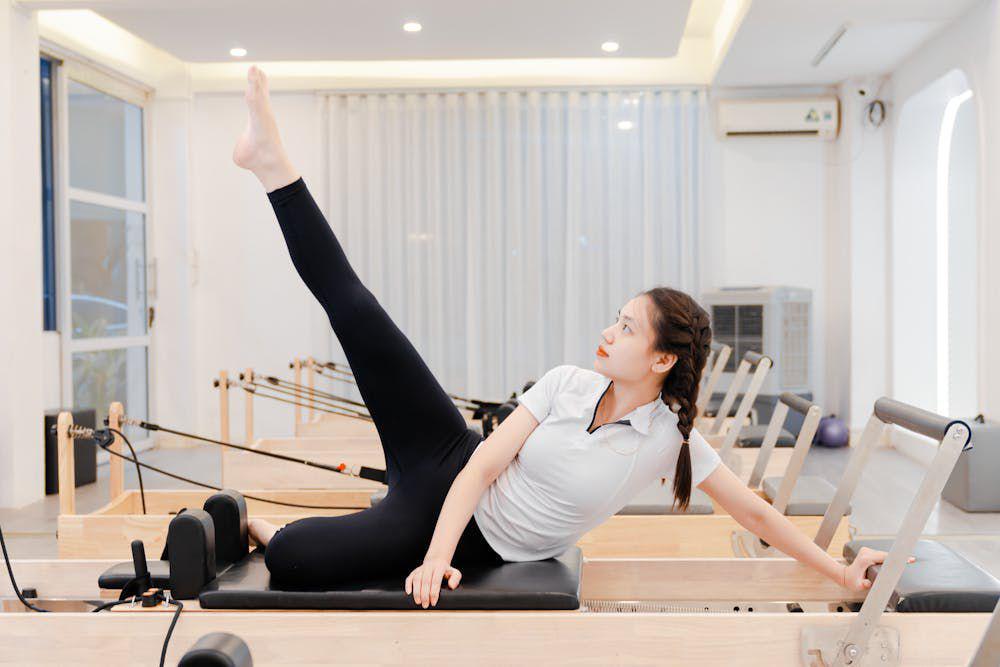ilustrasi tiramisu cookies (pexels.com/Nadiye Şamlı)
Makanan berkafein seperti tiramisu memang tampak menggoda. Namun, mengonsumsinya secara langsung setelah melakukan pilates patut dihindari atau dibatasi. Hal ini dikarenakan kandungan kafein dalam dosis yang sedang hingga tinggi (3–6 mg/kg berat badan) dapat memberikan efek diuretik ringan dan meningkatkan tekanan pada sistem kardiovaskular.
Meski demikian, dalam kondisi pemulihan ringan pasca latihan seperti pilates, konsumsi kafein dapat memengaruhi proses hidrasi tubuh. Selain itu, konsumsi kafein berlebihan sebanyak ≥400 mg/hari juga bisa berisiko menimbulkan efek samping seperti dehidrasi ringan, gelisah, cepat haus, gangguan tidur, hingga jantung berdebar.
Dalam situasi seperti ini, sebaiknya pilih makanan yang lebih mudah dicerna dan bergizi seimbang. Pilihan makanan yang tepat tidak hanya menjaga staminamu tetap prima, tetapi juga membantumu merasakan manfaat maksimal dari setiap sesi latihan pilates.
Referensi:
Budohoski, L., Panczenko-Kresowska, B., Langfort, J., Zernicka, E., Dubaniewicz, A., Ziemlanski, S., ... & Newsholme, E. A. (1993). Effects of saturated and polyunsaturated fat enriched diet on the skeletal muscle insulin sensitivity in young rats. Journal of Physiology and Pharmacology, 44(4). Diakses pada 10 September 2025.
Pillon, N. J., Arane, K., Bilan, P. J., Chiu, T. T., & Klip, A. (2012). Muscle cells challenged with saturated fatty acids mount an autonomous inflammatory response that activates macrophages. Cell Communication and Signaling, 10(1), 30. Diakses pada 10 September 2025.
Wang, L., Meng, Q., & Su, C. H. (2024). From food supplements to functional foods: Emerging perspectives on post-exercise recovery nutrition. Nutrients, 16(23), 4081. Diakses pada 10 September 2025.
Matsunaga, Y., Takahashi, K., Takahashi, Y., & Hatta, H. (2021). Effects of glucose ingestion at different frequencies on glycogen recovery in mice during the early hours post exercise. Journal of the International Society of Sports Nutrition, 18(1), 69. Diakses pada 10 September 2025.
Spicy Food Challenges: Harmful or Healthy?. University Hospitals. Diakses pada 10 September 2025.
Xiang, Q., Tang, X., Cui, S., Zhang, Q., Liu, X., Zhao, J., ... & Chen, W. (2022). Capsaicin, the spicy ingredient of chili peppers: effects on gastrointestinal tract and composition of gut microbiota at various dosages. Foods, 11(5), 686. Diakses pada 10 September 2025.
Xiang, Y., Xu, X., Zhang, T., Wu, X., Fan, D., Hu, Y., ... & Xie, R. (2022). Beneficial effects of dietary capsaicin in gastrointestinal health and disease. Experimental cell research, 417(2), 113227. Diakses pada 10 September 2025.
van Avesaat, M., Troost, F. J., Westerterp-Plantenga, M. S., Helyes, Z., Le Roux, C. W., Dekker, J, & Keszthelyi, D. (2016). Capsaicin-induced satiety is associated with gastrointestinal distress but not with the release of satiety hormones. The American journal of clinical nutrition, 103(2), 305-313. Diakses pada 10 September 2025.
Is Spicy Food Good for You or Not?. Verywell Health. Diakses pada 10 September 2025.
A hot topic: Are spicy foods healthy or dangerous?. UChicago Medicine. Diakses pada 10 September 2025.
The Risk of Too Little or Too Much Sodium. GU Energy Labs. Diakses pada 10 September 2025.
Babcock, M. C., Robinson, A. T., Migdal, K. U., Watso, J. C., Martens, C. R., Edwards, D. G., & Farquhar, W. B. (2020). High salt intake augments blood pressure responses during submaximal aerobic exercise. Journal of the American Heart Association, 9(10), e015633. Diakses pada 10 September 2025.
Sodium Ingestion, Thirst and Drinking During Endurance Exercise. Gatorade Sports Science Institute. Diakses pada 10 September 2025.
Caffeine, hydration and exercise performance. Coffe and Science. Diakses pada 10 September 2025.
Armstrong, L. E. (2002). Caffeine, body fluid-electrolyte balance, and exercise performance. International journal of sport nutrition and exercise metabolism, 12(2), 189-206. Diakses pada 10 September 2025.
